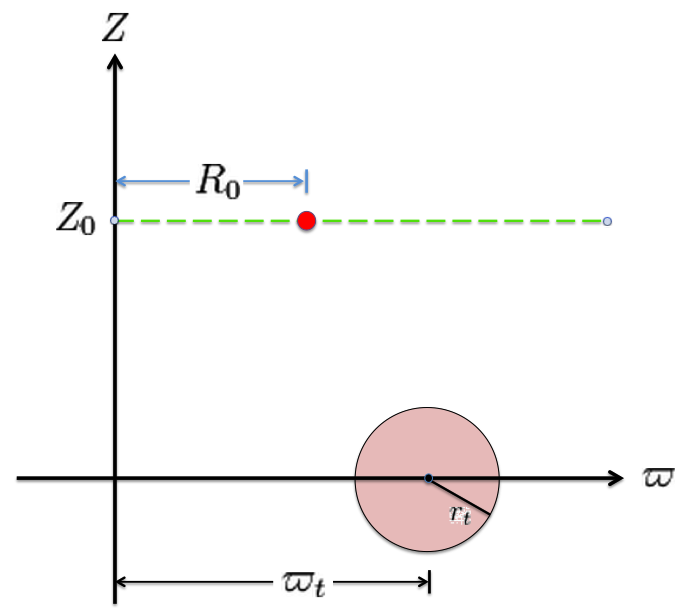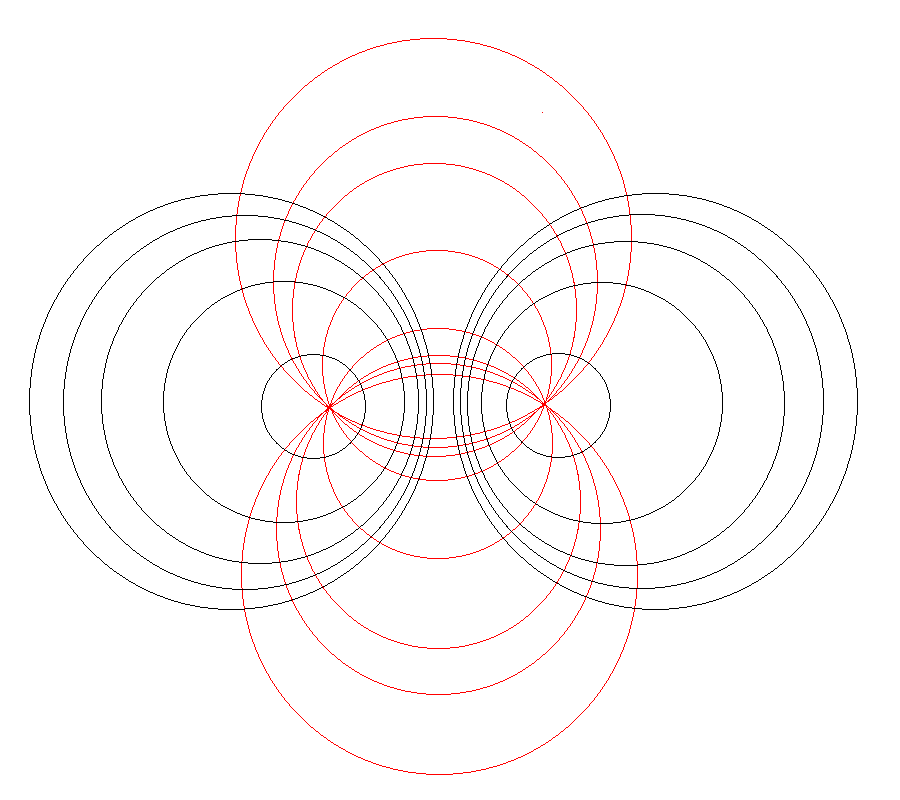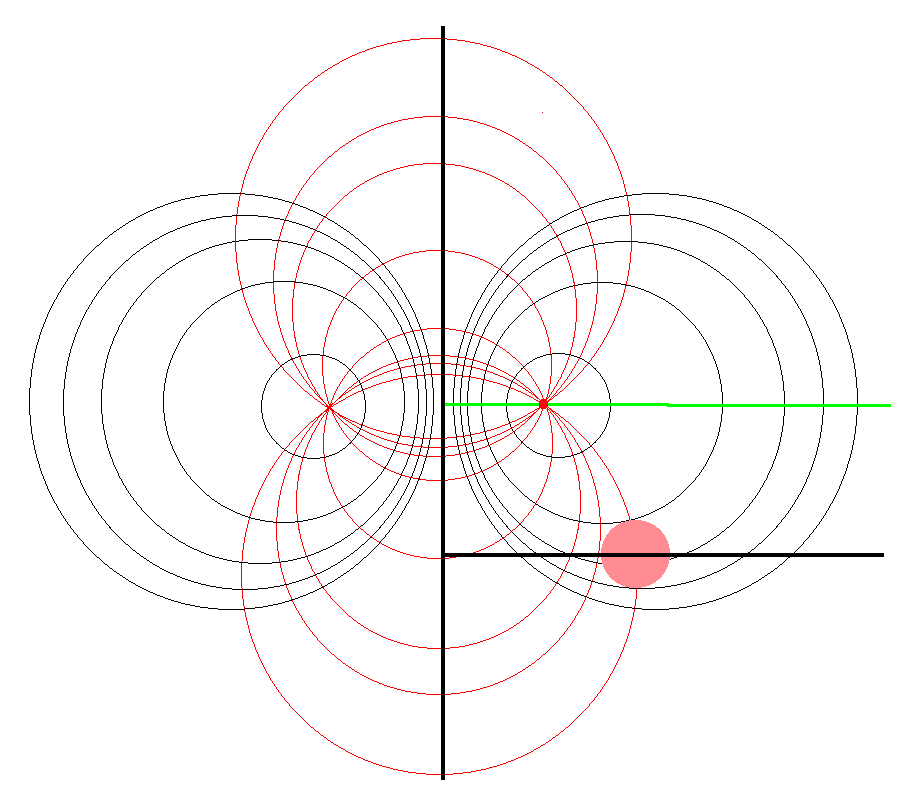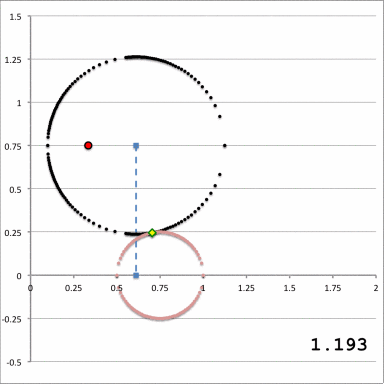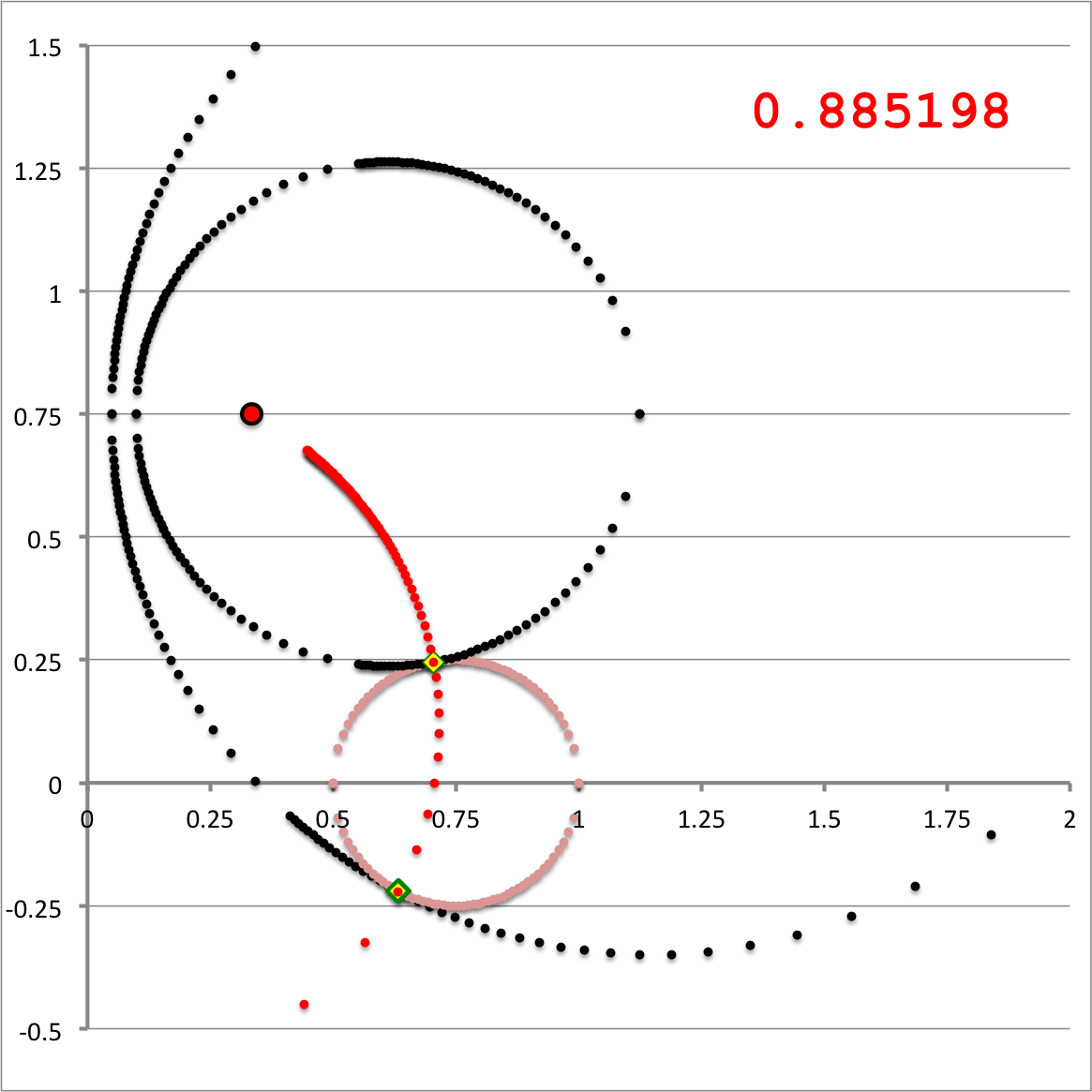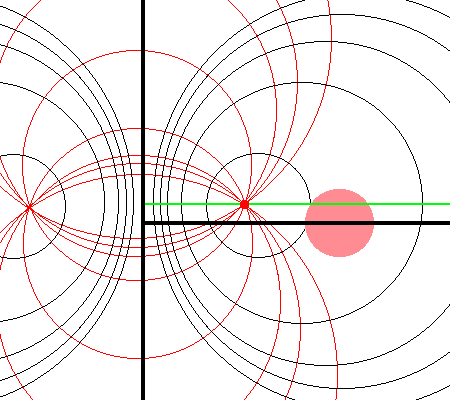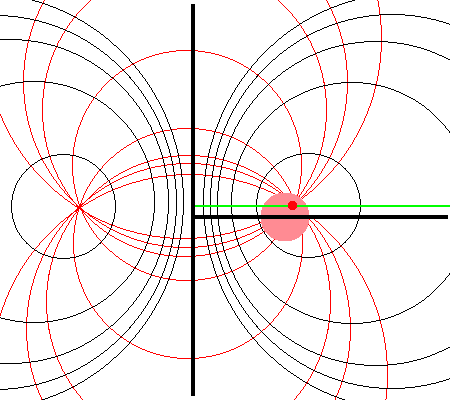Difference between revisions of "User:Tohline/2DStructure/ToroidalCoordinateIntegrationLimits"
(→Preamble: Clean up presentation and add captions to both frames of Figure 1) |
m (→Preamble) |
||
| Line 46: | Line 46: | ||
<tr> | <tr> | ||
<td align="center"> | <td align="center"> | ||
[[File:Apollonian_myway5B.png| | [[File:Apollonian_myway5B.png|240px|Apollonian Circles]] | ||
</td> | </td> | ||
<td align="center"> | <td align="center"> | ||
[[File:TCoordsE.gif| | [[File:TCoordsE.gif|240px|Diagram of Torus and Toroidal Coordinates]] | ||
</td> | </td> | ||
<td align="center"> | <td align="center"> | ||
[[File:ConstantXi2.png| | [[File:ConstantXi2.png|240px|Diagram of Torus and xi_2-constant Toroidal Coordinate curve]] | ||
</td> | </td> | ||
</tr> | </tr> | ||
Revision as of 05:44, 11 November 2015
Toroidal-Coordinate Integration Limits
In support of our accompanying discussion of the gravitational potential of a uniform-density circular torus, here we explain in detail what limits of integration must be specified in order to accurately determine the volume — and, hence also the total mass — of such a torus using toroidal coordinates.

|
|---|
| | Tiled Menu | Tables of Content | Banner Video | Tohline Home Page | |
Preamble
Referencing the illustration displayed in the left-hand panel of Figure 1, our goal is to determine the gravitational potential at any cylindrical-coordinate location <math>~(R_0, Z_0)</math> due to a uniform-density circular torus whose major radius is <math>~\varpi_t</math> and whose minor, cross-sectional radius is <math>~r_t</math>. Here we explain how a toroidal coordinate system <math>~(\xi_1, \xi_2)</math> — as defined, for example, by MF53 and as illustrated schematically in the right-hand panel of Figure 1 — can be used to reduce the geometric complexity of this problem. In particular, we show how, when using an appropriately aligned toroidal coordinate system, the three-dimensional, weighted integral over the mass distribution can be reduced to the sum of a small number (1 - 4) of one-dimensional integrals over the "radial" <math>~(\xi_1)</math> coordinate.
| Figure 1: Meridional slice through … | |
|---|---|
| (Pink) Circular Torus | Toroidal Coordinate System (schematic) (see also Wikipedia's Apollonian Circles) |
|
The pink circle represents the meridional cross-section through an axisymmetric, circular torus that lies in the equatorial plane of a cylindrical <math>~(\varpi, Z)</math>, coordinate system. The torus has a major axis of length, <math>~\varpi_t</math>, and a minor, cross-sectional radius of length, <math>~r_t</math>. The red circular dot identifies the cylindrical-coordinate location, <math>~(R_0, Z_0)</math>, at which the gravitational potential is to be evaluated. |
As is explained more fully in Wikipedia's discussion of toroidal coordinates, rotating this two-dimensional bipolar coordinate system about the vertical axis produces a three-dimensional toroidal coordinate system. Black circles centered on the horizontal axis become circular tori — each identifying an axisymmetric, <math>\xi_1 =</math> constant surface; whereas, red circles centered on the vertical axis become spheres — each identifying an axisymmetric, <math>\xi_2 =</math> constant surface. |
| Quantitative Illustration of Employed Toroidal Coordinate System | ||
|---|---|---|
| Schematic Zones | ||
|---|---|---|
| Zone I <math>~Z_0 > r_t</math>for any <math>~a</math> | Zone II <math>~r_t > Z_0 > 0</math>and<math>~a < \varpi_t - \sqrt{r_t^2 - Z_0^2}</math> | Zone III <math>~r_t > Z_0 > 0</math>and<math>~\varpi_t - \sqrt{r_t^2 - Z_0^2} < a < \varpi_t + \sqrt{r_t^2 - Z_0^2}</math> |
|
|
See Also

|
|---|
|
© 2014 - 2021 by Joel E. Tohline |
